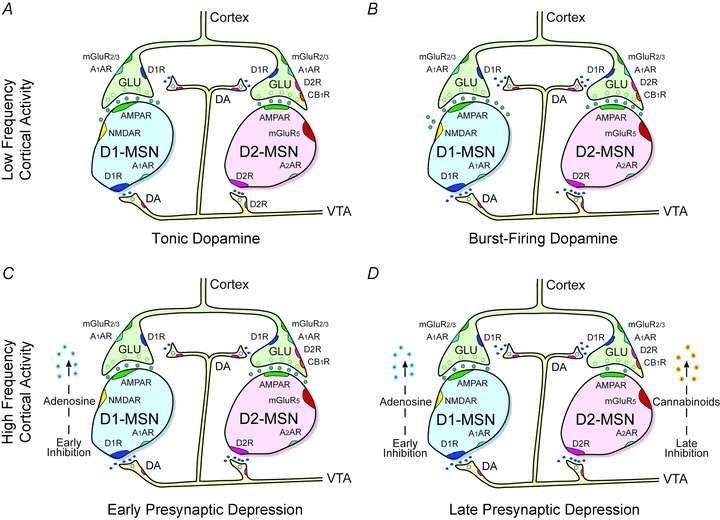Figure 11. Proposed mechanism for signal processing by dopamine.

A, when corticoaccumbal neurons fire at low frequencies, tonic dopamine inhibits corticoaccumbal activity through D2Rs, which selectively inhibit low-release probability synapses on D2R-expressing MSNs. B, higher levels of evoked dopamine also modulate corticoaccumbal activity through D1Rs that strengthen glutamate release from presynaptic terminals innervating both D1 and D2R-expressing MSNs. C, when corticoaccumbal neurons fire a higher frequencies, dopamine promotes a much stronger modulation of presynaptic activity through adenosine. Adenosine inhibits presynaptic activity to both D1 and D2 receptor-expressing MSNs via A1Rs and in D1-receptor expressing cells, is dependent on AMPA and NMDA receptor activation, as well as adenylate cyclase coupling in D1R-expressing MSNs. D, high frequency corticoaccumbal activity also promotes a selective presynaptic inhibition of D2R-expressing MSNs via CB1Rs. Presynaptic inhibition by endocannabinoids is slower than adenosine, is strengthened by stimulation of D2Rs, and is dependent on group 1 mGlu receptors.
